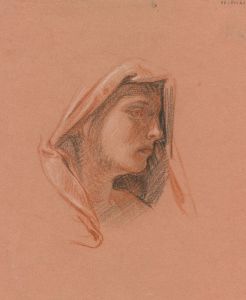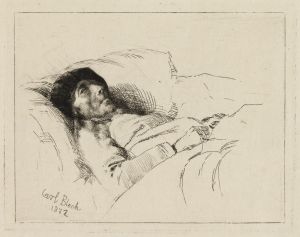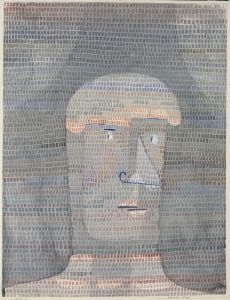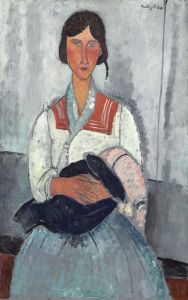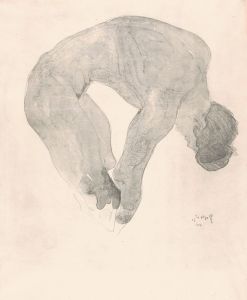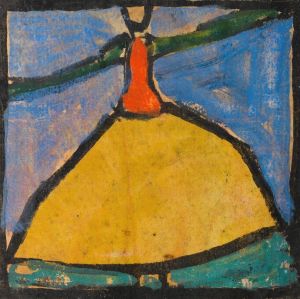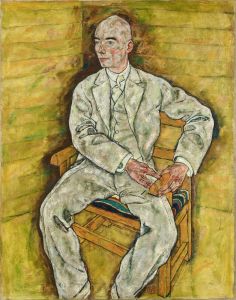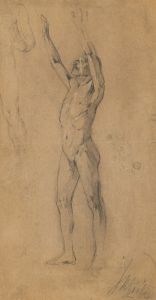
Head of a Woman
A hand-painted replica of Egon Schiele’s masterpiece Head of a Woman, meticulously crafted by professional artists to capture the true essence of the original. Each piece is created with museum-quality canvas and rare mineral pigments, carefully painted by experienced artists with delicate brushstrokes and rich, layered colors to perfectly recreate the texture of the original artwork. Unlike machine-printed reproductions, this hand-painted version brings the painting to life, infused with the artist’s emotions and skill in every stroke. Whether for personal collection or home decoration, it instantly elevates the artistic atmosphere of any space.
"Head of a Woman" is a painting by the Austrian artist Egon Schiele, who is renowned for his distinctive and often provocative style. Schiele was a major figurative painter of the early 20th century and a protégé of Gustav Klimt. His work is noted for its intensity, raw sexuality, and the expressive use of line.
Egon Schiele was born on June 12, 1890, in Tulln an der Donau, Austria. He showed an early interest in art and went on to study at the Academy of Fine Arts in Vienna. Schiele's career was marked by his exploration of the human form, often depicting his subjects in contorted poses and with an unflinching gaze that conveyed deep psychological insight.
"Head of a Woman" exemplifies Schiele's unique approach to portraiture. The painting focuses on the head and shoulders of a female subject, capturing her with a sense of immediacy and emotional depth. Schiele's use of line is particularly striking in this work; his bold, almost aggressive strokes outline the contours of the woman's face and hair, creating a sense of tension and dynamism.
The woman's expression is enigmatic, with her eyes slightly downcast and her lips parted, suggesting a moment of introspection or vulnerability. Schiele's palette in this painting is relatively subdued, with muted tones that enhance the somber mood of the piece. The background is left largely undefined, drawing the viewer's attention entirely to the subject's face.
Schiele's treatment of the female form was often controversial, as he frequently explored themes of sexuality and existential angst. His works were sometimes deemed scandalous, leading to legal troubles and public outcry. Despite this, Schiele's talent was undeniable, and he continued to push the boundaries of traditional portraiture throughout his career.
"Head of a Woman" is a testament to Schiele's ability to convey complex emotions through his art. The painting reflects his fascination with the human psyche and his skill in capturing the essence of his subjects with minimalistic yet powerful lines. Schiele's influence can be seen in the works of many later artists, and his contributions to the Expressionist movement remain highly regarded.
Egon Schiele's life was tragically short; he died on October 31, 1918, at the age of 28, a victim of the Spanish flu pandemic that swept through Europe. Despite his brief career, Schiele left behind a significant body of work that continues to be celebrated for its emotional intensity and innovative approach to portraiture.
"Head of a Woman" remains an important example of Schiele's artistic legacy, showcasing his mastery of line, form, and psychological depth. The painting is a poignant reminder of the artist's ability to capture the complexities of the human experience in a way that resonates with viewers even today.





